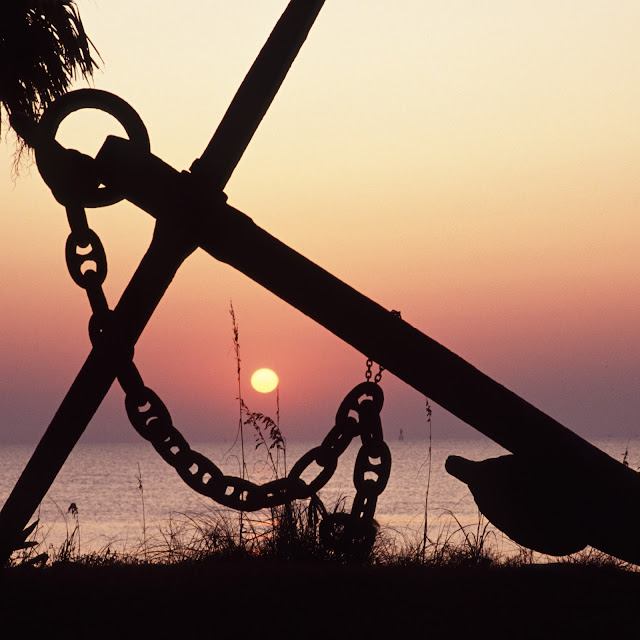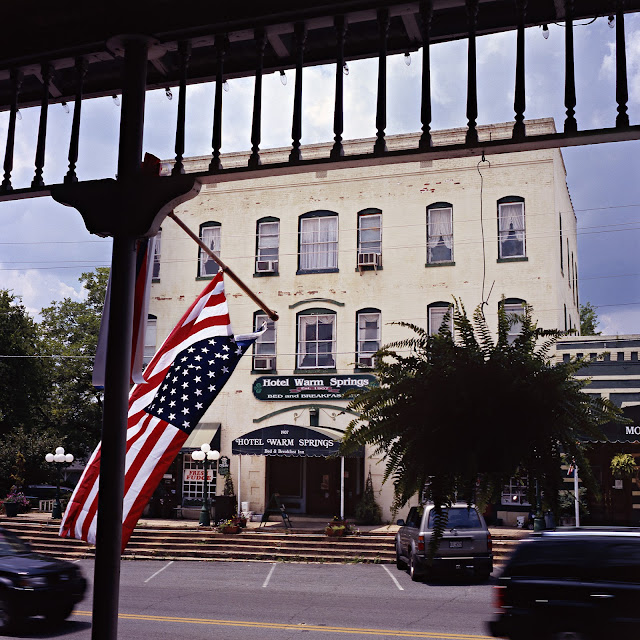Lobster Shack, Cape Neddick, Maine
Just to be clear, leading lines in photography are not
the same thing as the lines you once used to start a conversation with an
attractive woman. In photography, as in painting, a leading line is something
in the fore and usually middle ground of the picture that leads the eye to the
main subject -- as in the photo of the lobster shack at Cape Neddick, Maine.
Notice how the lines of the beached skiff and the pickup truck point to the
shack?
This, by the way, is one of the few personal photos
for which I used a 4x5 film camera. I used 4x5 a great deal in the studio, because,
for much of my career it was the basic tool for commercial photography.
However, a 4x5 camera is heavy and cumbersome, and the process of shooting with
one is too slow for my impatient self! But I had taken it with me on this trip
to Maine in 1984 and
thought I might as well get some use from it. Calumet 4x5 view camera,210mm f5.6 Rodenstock lens,Kodak Ektachrome film.
Rainbow Springs Tobacco
Barn, Cook County, Georgia
This tobacco barn with a Rainbow Springs sign is one of the best examples of leading lines in my photo files. In June, 1995 I
was traveling through south Georgia on a quest for Rock
City barns when I found it on US 41 just
south of Sparks in Cook County.
Since, in addition to Rock
City barns I always
photographed anything else of interest I found along the way, I naturally made
a picture.
I could have walked up to the barn and filled the
frame with it, but that photo would not have been nearly as interesting as one
with the rows of plants, probably soybeans, leading up to it. Canon EOS A2, probably the EF 28-105
f3.5-4.5 lens, Fujichrome 100 slide film.
Pemaquid Point Lighthouse, Cape
Pemiquid, Maine
The line of the white picket fence draws the eye
perfectly to the Pemaquid Point lighthouse at Cape
Pemaquid, Maine. Leica
M3, 50mm f2 Summicron lens, Kodachrome 64 slide film.
I want to emphasize that
the things I've been writing about in the last few posts are compositional techniques,
not rules. Using them can improve many photographs, but in some situations it
may not be possibly to apply them, and some subjects do not need them. But
before making a photo, I usually check to see if there is some way to put it in
a frame, create a near-far relationship, or use leading lines. If not, I make
the picture anyway. It may turn out just fine.
Photographs
and text copyright 1984-2022, David B.Jenkins.
I post Monday, Wednesday, and Friday
each week unless life gets in the way.
Soli Gloria Deo
For the glory of God alone



















